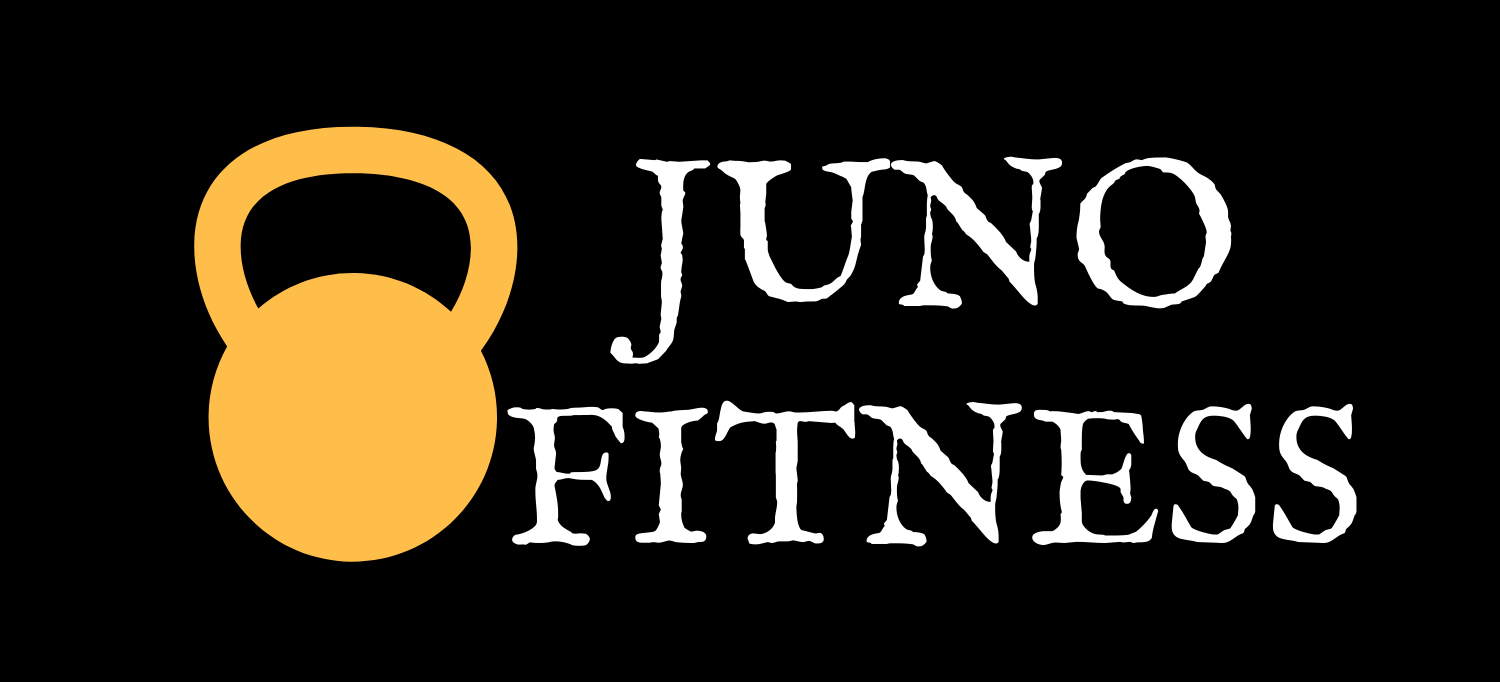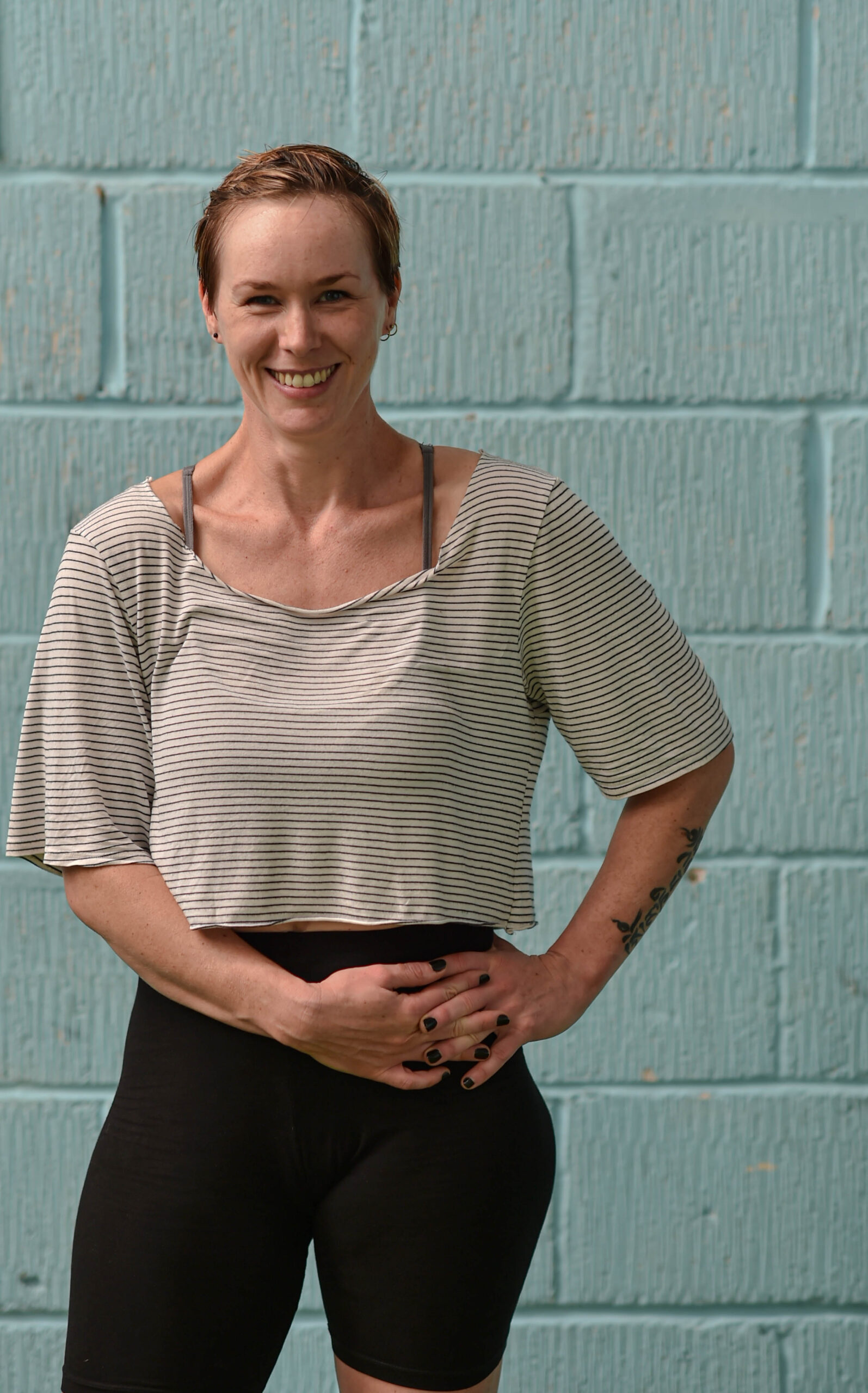I don’t care if you don’t love training, and if you don’t want to do it I’m not here to convince you to. But if you’re here, wanting it, I care that you know why you’re doing it.
There are 5 Principles of my training methodology that I want to explain to you. The structure of my kettlebell classes and written sessions (the online programme) will always be a combination of these principles and you can use them to inform how you approach fitness.
The Principles: Core, Tension, Muscle, Movement, Breathing. Let’s discuss what they mean to me, and you.
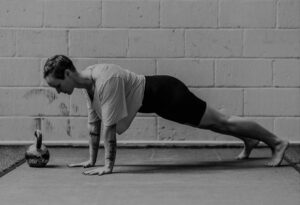 CORE
CORE
You were born able to access all of the layers of your core, way beyond abdominals, and use them, allowing great expressions of movement and strength. Within your first year of life, for example, you learnt to walk. That was a spectacular feat of core strength and the coordination that comes with that, a feat of strength of which you are capable of doing again and again. Core strength is the foundation of strong movement. Your core is, objectively, mostly soft tissue. Unlike, say, your leg, which is a solid set of bones and joints around which you can squeeze your muscles and get instant the feedback of your leg moving. Your core has your spine, and the muscles of your core move your spine and can pull on your hips and ribs, but the job of your core is stability, in the main part. Even when it’s pulling against bones and moving them, it’s usually to keep you stable. If you lean over in your chair to pick something up off the floor now, your core muscles would be moving bones around to get you there, but ultimately it’s moving in concert with itself to create stiffness in the soft tissue of your middle.
And during all of that, its underlying task is breathing.
It’s important to know that core strength begins and ends with breathing; the musculature that moves your breath into and out of your body are your core muscles; intercostals between your ribs, diaphragm, deep abdominals, pelvic floor.
Most of the time, breath holding is a compensation for lack of core strength. Breath holding will disrupt the natural pressure system of your abdominal cavity, and it’s where movement dysfunction and ultimately, usually, pain enter the game (often in the neck, I don’t know exactly why I just say what years of seeing has presented to me).
We work to be able to tense your core, as strongly as you need, to be as strong as you want, whilst breathing behind that core tension.
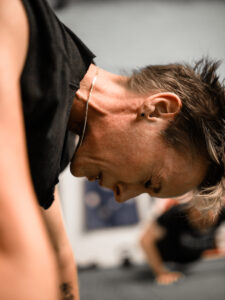
TENSION
This principle is about strength training; which is to say it’s about creating opportunities, on purpose, for your body to deal with heavier loads so that it adapts to be able to withstand and move under them. This is crucial. It’s non-negotiable. With just the forces of gravity acting on us, and us never formally learning to move under increasingly difficult loads, we deteriorate. It’s that simple. And we will (maybe you do already) feel this most noticeably as discomfort (usually a mysterious bad back), injuries that never seem to go away and a diminishing metabolism.
For women especially strength training is the gateway to enjoying our body after a lifetime of messages telling us to limit its size. I say this a lot; the way a woman is told that her body will feel by being smaller, is actually the way it feels when it has muscle (see below) and is strong. They are achieved by wholly opposing approaches. A body cannot become strong when its owner is aiming for weakness through diminishment of energy.
Strength is often conflated with size. Muscle size and muscle strength are not as directly correlated as surface-level fitness will lead people to believe. By focusing on strength, a muscle will develop in size to a degree, but maximal muscle growth is a more complex process that requires a very specific eating, training and often, hormone supplementation, routine.
When I talk about muscle strength, what I’m talking about is the ability of the muscles of the body as a whole unit to be able to tense itself in positions and move through a specific range of motion under this tension (eg. to lift something heavy off the floor).
We approach strength training by creating opportunities for tension within each training session, learning to use the muscles of the body in concert with each other; training ourselves to move strongly by moving heavy things, and challenging how much, how heavy and for how long we can do that.
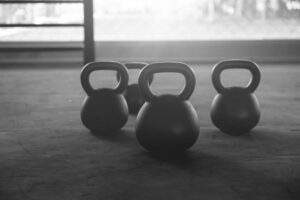
MUSCLE
It makes sense to talk about this next; whilst tension is indeed very much to do with the utility, resilience, function and enjoyment of our bodies, the actual building of muscles themselves and improvement of how well they work, goes hand in hand with preventing the deterioration of the body referred to under the principle of tension.
We need to build and preserve as much muscle as possible for, well, survival basically. Muscle mass normalises your metabolism, blood pressure, resting heart rate, bone density, makes your body feel nice to move around in, stops you getting so easily injured, makes you heal faster when you do, and is what you’re referring to when you say you need to tone up; the firmness you’re looking for is muscle.
Within the parameters of our strength training, muscle will be built on the sidelines. But also, we need to train specifically to condition our muscles as well as strengthen them. Put simply, as well as creating opportunities for tension within our training lifestyle (see above: strength), we need to create opportunities for making more and using the full range of our muscles, which happens when we expose ourselves to higher repetition movements under tension and with compressed/compromised rest breaks.
You’ll see this principle in action in the classes and programme with the more obvious (if you know a bit about training already) principles of the rep range, but more subtly and powerfully for accessing your muscles, how closely I ask you to pay attention to the way your body is moving.
Quite importantly, creating and maintaining muscle requires more food, Specifically; protein, but carbs and fats are necessary to fuel the intensity of training sessions, enough to warrant the building of muscle in response to them. In the main, it’s more food than most women have been conditioned to think that they need. Time and again I’ve seen women liberated from the never-ending treadmill of low energy, by realising that they are allowed, nay need, to grow, contrary to the pervading message that they should always be striving to become or stay small. Growth and maintaining a high energy state is, truthfully and scientifically, the best thing for them.
It just doesn’t make as much money for big businesses or keep women as dependant.
This is what muscle is low-key essential for: women trusting that their bodies are supposed to build and rebuild and improve… and take up space with their strength.
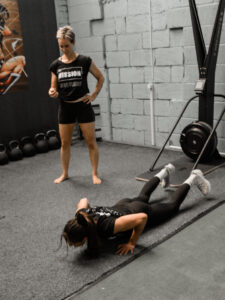
MOVEMENT
in the principle of movement, we focus on the overcoming of movement limitations. Rather than coming to our session thinking “what can we already do?” and then just doing that, which keeps us, at best, staying in the same place we arrived at, we focus on “what can’t we do yet”.
Movement limitations look like: “I can’t touch my toes”. Or they might look like, “I don’t know how to feel my pelvic floor and I wee when I sneeze” all the way to “I can’t do a push-up”, or “I can’t squat with more than 20kg” and “I can’t keep my swing form with this 28kg kettlebell”, “I can’t do a burpee without feeling like a sack of potatoes”.
This principle of fitness, and perhaps fitness more widely, then looks like: “Progressively limiting how easy it is to move; whether by internal restrictions, external loading, or how long can you keep doing something before it goes wrong”.
When we have overcome a movement limitation, whether that be a case of mobility (as in the touching of your toes), neurological coordination (as in letting your brain rediscover how to access your deep core & pelvic floor) or strength (as in the push-up or squat), we move on and limit it again. When you can do one push-up; you don’t stop there. You’re immediately working on doing do two. When you can do your burpees for 30s seconds – can you do more in 30 seconds? Can you do the same pace for 40 seconds?
Movement is trained neurologically because all movements are patterns. The more frequently you do a pattern, the less brain space it takes up, the more ingrained it becomes and the more you can challenge it. One of the most important patterns we address, is the ability to interact with the ground. How easily can you get up and down. Can you breath easily at the same time? Can you do it without putting your hands on the floor? Can you do it holding this awkward object? Now can you breath easily?
Movement limitations cannot be separated from the expression and training of strength as a quality of a body. Tension and Movement are the two principles that most closely make up strength training.
In limiting movements, and overcoming those limitations, our bodies simply become better bodies. A more accurate indicator of age than a number, in my opinion but likely science somewhere and if you really think about it, you’ll agree, is movement capacity, and your capability of overcoming movement challenges.
Each training session is designed with some form of Movement limitation to overcome.
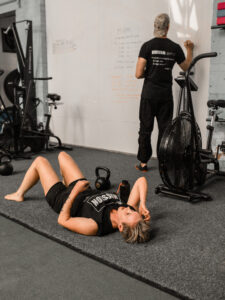
BREATHING
breathing is what I call cardio. I prefer the term “breathing training” because it more accurately explains what we’re trying to achieve; the ability to breath stronger. Taken to its logical conclusion, those of us who can breath the strongest, are alive the strongest. We’re conditioned to think of cardio as a tool for calorie burning. That’s not the case – your body is an efficient machine that will progressively limit how many calories it burns with cardiovascular training the more you do it. This is a fitness adaption and is a good thing; it’s what cardio training is designed for; to make your body more efficient at using energy.
So breathing training leads to a body that uses energy efficiently; which, a discussed, means that it doesn’t burn it inefficiently, but also that it adapts quickly and appropriately to energy intake.
When you say you have a slow metabolism, what you mean is that your body is inefficient at coping with the food you eat. There are no pills or hacks for that.
There’s just fitness.
To add to that, a lot of what we think of as “fitness” is not getting out of breath so easily. A normally adapted, and strong, breathing system can deal with you needing to break into a sprint to catch your dog/kid when it escapes from its lead AND can keep you walking up and down mountains all day.
We need to train all of your breathing energy systems, through manipulating breathing efforts and rest breaks. If you’re wondering, “does that mean HIIT classes?” then you’re on the right track, although HIIT cannot be done as a class. It means we train a variety of interval efforts, 10 seconds up to 10 minutes, up to 60 minutes sometimes.
The type of movements we do for Breathing training tend not to be done in combination with the principle of Tension; we want to be able to train Movement with only the limitation of Breathing (see how these principles all link together?) so we use rowing and ski machines, air-bikes, dynamic continuous bodyweight movements (the easiest example being burpees, but running, and even walking works here too if you’re using this to plan for yourself).
The structure of classes and written sessions (online programme) will always be a combination of the above 5 principles. No session is written without CORE and MOVEMENT at its centre, it then includes the remaining principles equally between sessions and over the lifetime of the training experience.
The intention of training sessions will go beyond the superficial to reveal deeper effects of training on your body and invite you to understand what fitness really means for you and how much physical change and development you are capable of. It’s important that we disrupt what we’re told to believe about women and fitness. We were born immensely strong, wild and powerful, and this is our space to regain that.
Kettlebell Classes take place in-person at Juno in Coventry and virtually via the app.
